Advertisement
Since its introduction, OpenAI's ChatGPT has transformed how people interact with artificial intelligence. With the arrival of GPT-4, the most powerful version of OpenAI’s language model, ChatGPT has taken a significant leap forward in performance and capability. But for many users, a common question remains: How can GPT-4 be used within ChatGPT today?
This post explains the methods to access GPT-4 through ChatGPT, who can use it, what makes it different from previous versions, and whether it's available for free.
Accessing GPT-4 on ChatGPT is a simple process, but it requires users to meet a few essential requirements. GPT-4 is not part of the free ChatGPT plan, so gaining access involves subscribing to a premium tier. Here’s a breakdown of how to get started:
At the moment, GPT-4 is only available in ChatGPT Plus, which is OpenAI's most expensive payment plan. This increase gives you access to model versions and features that are more advanced, such as GPT-4. The monthly fee is $20, and OpenAI's safe payment method takes care of the billing.
Once subscribed, users gain the ability to select GPT-4 for their conversations. This subscription not only grants access to the latest model but also ensures priority usage, faster response times, and access during high-traffic periods. For individuals and professionals seeking higher-quality output or advanced reasoning capabilities, ChatGPT Plus is the gateway to GPT-4.
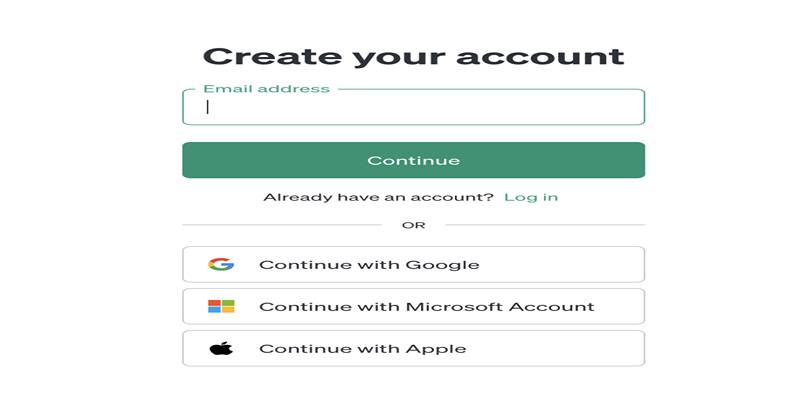
To begin, users need an account with OpenAI. If someone is new to the platform, the first step is to create a free account using an email address or by linking a Google or Microsoft account. Returning users can simply log in with their existing credentials.
Once logged in, users will be directed to the main ChatGPT dashboard. From here, the process of upgrading and selecting GPT-4 becomes accessible through the interface.
After logging in, users who haven’t yet subscribed will see an "Upgrade to Plus" button typically located in the sidebar. Clicking this button brings up a comparison between the Free and Plus plans. Selecting the Plus plan prompts the billing form, where users enter their payment information.
Once the subscription is confirmed, the user will be given access to different model options. A model switcher or dropdown menu appears near the top of the ChatGPT chat window, allowing the user to choose GPT-4 as the preferred model.
In most cases, GPT-4 is labeled clearly, so it’s easy to know when it’s selected. Users may also notice subtle interface indicators confirming the active model, ensuring they’re interacting with GPT-4 instead of the default model.
With GPT-4 selected, users are ready to begin their interaction. The upgraded model handles a wide range of tasks with improved fluency, deeper understanding, and more structured output. Its refined language capabilities allow for more natural and coherent conversations across various subject matters.
Whether crafting long-form content, analyzing data, offering technical assistance, or generating creative writing, GPT-4 delivers results with a higher level of sophistication than previous models. Its improved reasoning makes it ideal for complex prompts, professional workflows, and in-depth discussions.
Even though the interface remains simple and user-friendly, the difference in performance becomes apparent almost immediately once GPT-4 is active. Users often notice more relevant answers, fewer errors, and a smoother experience overall.
GPT-4 introduces a range of advanced features that enhance its performance, versatility, and usefulness across a broad spectrum of tasks. Built on a refined architecture and trained with a larger dataset, it is designed to deliver more accurate, context-aware, and high-quality responses.
One of the standout characteristics of GPT-4 is its refined ability to understand and respond with precision. It demonstrates a strong grasp of logic, sentence structure, and context, minimizing errors and inconsistencies. Whether used for academic support, technical assistance, or content generation, its outputs are typically more organized and aligned with user intent.
GPT-4 is highly capable of performing complex reasoning tasks. It can analyze information in multiple steps, interpret abstract concepts, and generate solutions that require deeper contextual understanding. It makes it suitable for applications that demand structured thinking, such as problem-solving, research synthesis, and analytical writing.
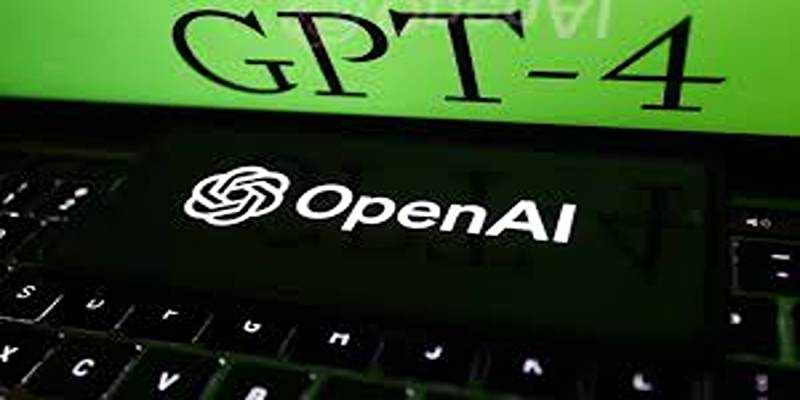
While primarily text-based for many users, GPT-4 is designed with the capability to process both text and image inputs. This multimodal functionality enables it to interpret and respond to visual information, extending its utility to tasks that involve diagrams, screenshots, or visual data. Although not all features are publicly available yet, the underlying architecture supports more than just written language.
GPT-4 is equipped to handle longer and more complex conversations. With an expanded context window, it can retain more information from earlier parts of an interaction, allowing for more coherent and continuous discussions. This improvement is particularly valuable for users who require detailed or ongoing engagement across multiple topics.
Due to its advanced capabilities, GPT-4 often operates under controlled access. Many implementations include message limits within defined time windows to ensure consistent performance across users and manage computational resources. While these caps may vary, they are typically in place to balance server loads and maintain model availability.
GPT-4 has set a new benchmark in AI performance, and it’s already available through ChatGPT for those who choose to upgrade. For users who value accuracy, depth, and smarter AI interactions, subscribing to ChatGPT Plus opens the door to a more capable assistant.
At the same time, alternative access routes like Bing AI ensure that those not ready to subscribe can still benefit from GPT-4’s intelligence in a different format. Whether through ChatGPT Plus or external platforms, GPT-4 represents the next step in practical, high-performing artificial intelligence — and it’s ready to be used today.
Advertisement

Looking for the best Synthesia AI alternatives in 2025? Discover smart AI video tools that help you create videos with avatars, text-to-speech, and script automation faster and easier
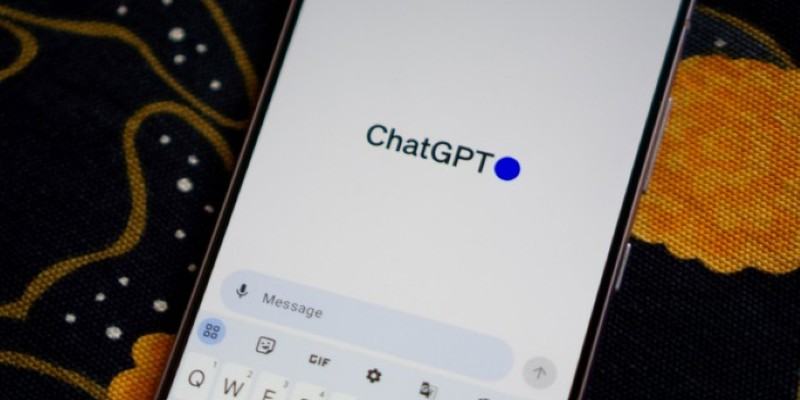
Encountering errors in ChatGPT? Learn how to fix common issues like "not responding," "network errors," and more with these easy-to-follow solutions
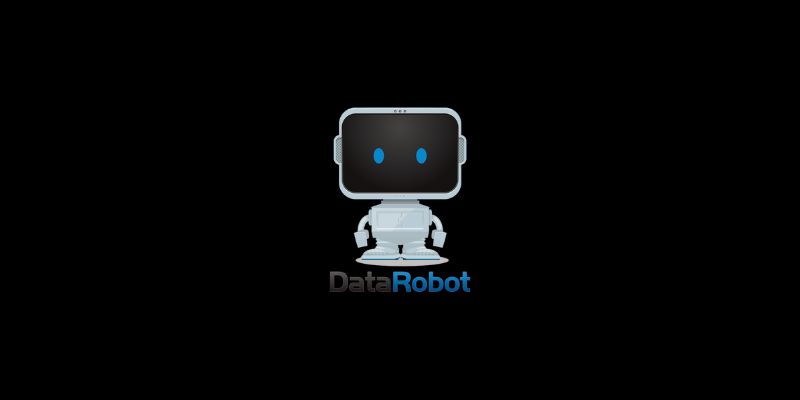
DataRobot's Feature Discovery runs inside Snowflake, offering more secure and scalable machine learning feature engineering

Discover a game-changer in AI tools: Autonomous AI service bots. resolve tickets, predict needs and personalize support.

Discover how ChatGPT can revolutionize your cooking routine by offering meal plans, recipe ideas, and even cooking tips based on what’s in your kitchen
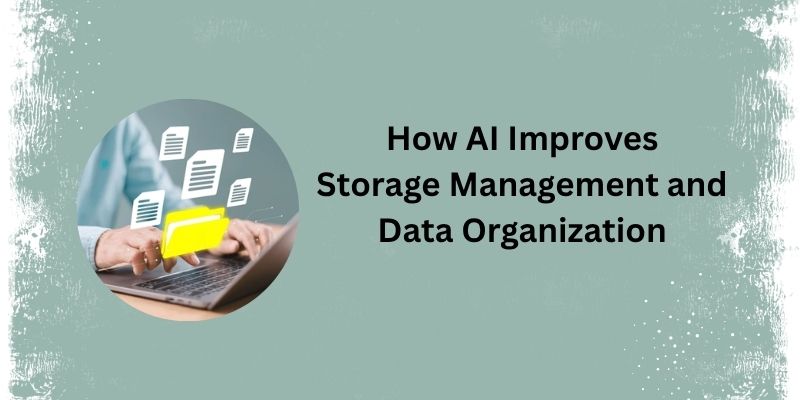
From sorting files to predicting storage needs, see how AI helps manage and optimize your data storage without any effort.

Discover VR’s present and future: gaming, therapy, training and metaverse integration. VR trends for 2030.
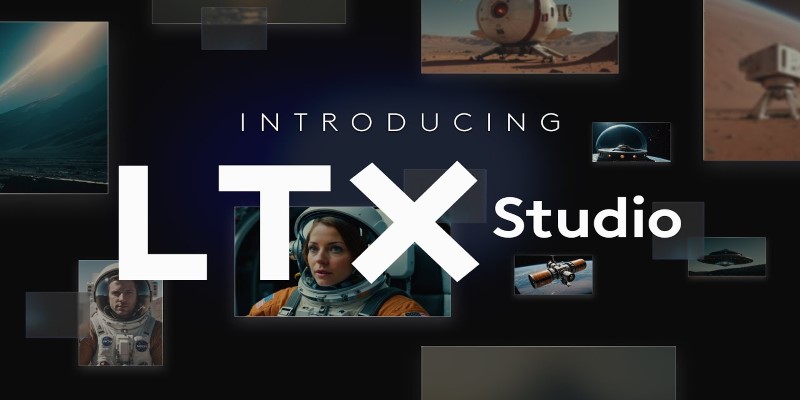
How can AI help storytellers in filmmaking? Discover how LTX Studio uses AI to generate scenes from written descriptions, making the video creation process faster and more flexible for creators
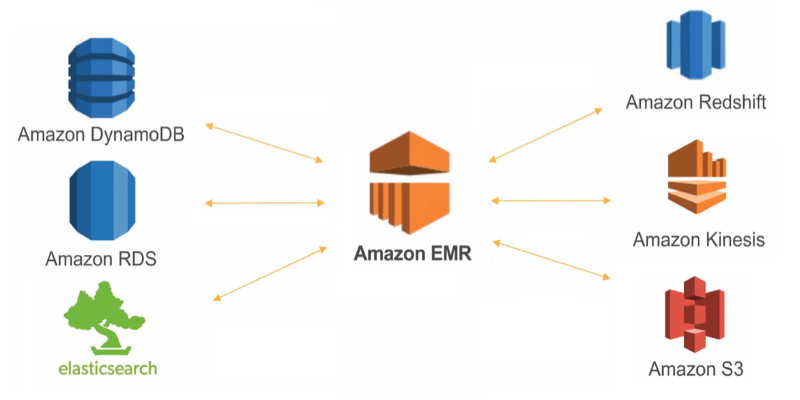
Looking to process massive datasets efficiently? Discover how AWS EMR offers scalable, flexible solutions for big data processing with minimal setup and cost

Dive into the strengths and weaknesses of open-source AI models and what they mean for innovation.
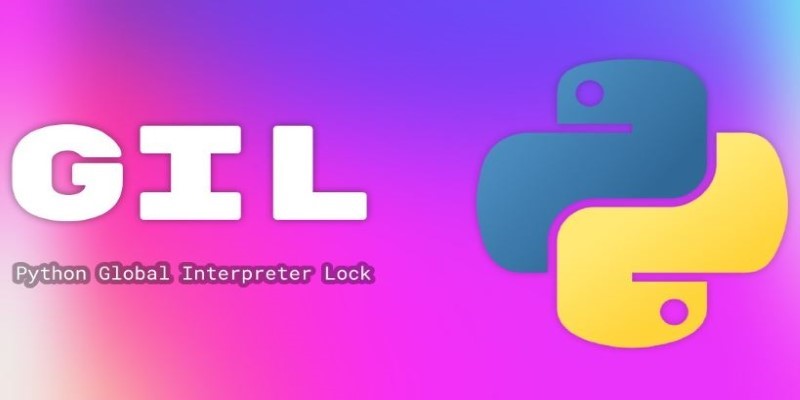
How the Python Global Interpreter Lock (GIL) works, how it affects threading and performance, and when Python multithreading is useful or limited
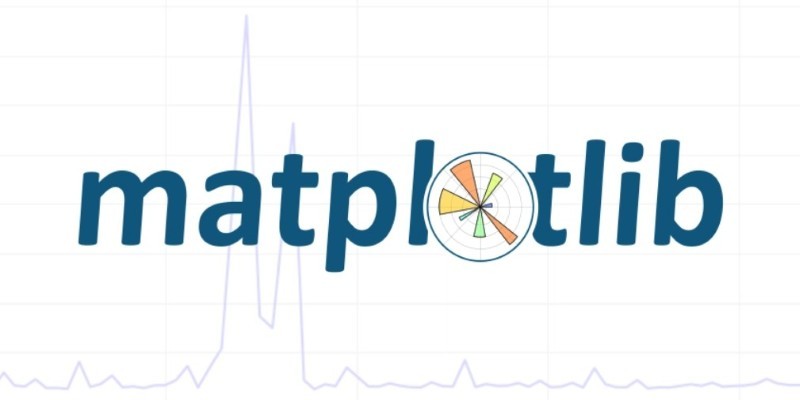
Find out the 10 unique ways to use advanced data visualization with Matplotlib to make your charts more engaging, clear, and insightful. From heatmaps to radar charts, learn how to go beyond basic graphs and explore deep-er patterns in your data